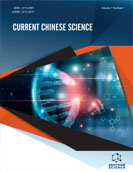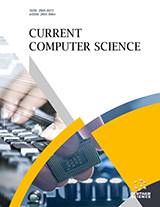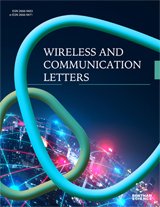Abstract
Latent fingerprints are unintentional finger skin impressions left as invisible ridge patterns at crime scenes or objects. A major challenge in latent fingerprint forensics is the poor quality of the lifted image from the crime scene captured by investigators. Forensics investigators are in permanent search of novel breakthroughs in effective technologies to capture and process such low-quality images. The accuracy of the recognition often depends upon 1) the quality of the image captured at the beginning, 2) metrics used to assess the quality and thereafter 3) the level of enhancement required. Low-performance scanners, unstructured background noise, poor ridge quality, overlapping structured noise, etc. are often reasoned for poor image quality. Insufficient image quality results in the detection of false minutiae and hence reduces the recognition rate. Traditionally, image segmentation and enhancement are manually carried out from highly skilled experts. The use of an automated system is definitely challenging and can only be effective, if a significant amount of time is saved. This survey amplifies a comparative study of various segmentation techniques available for latent fingerprint forensics.
Keywords: Latent fingerprint, image segmentation, feature selection, forensics science, crime scenes, finger skin impressions.
Graphical Abstract
Recent Advances in Computer Science and Communications
Title:State-of-the-Art: A Systematic Literature Review of Image Segmentation in Latent Fingerprint Forensics
Volume: 13 Issue: 6
Author(s): Megha Chhabra*, Manoj Kumar Shukla and Kiran Kumar Ravulakollu
Affiliation:
- Amity School of Engineering and Technology, Amity University, Noida, UP,India
Keywords: Latent fingerprint, image segmentation, feature selection, forensics science, crime scenes, finger skin impressions.
Abstract: Latent fingerprints are unintentional finger skin impressions left as invisible ridge patterns at crime scenes or objects. A major challenge in latent fingerprint forensics is the poor quality of the lifted image from the crime scene captured by investigators. Forensics investigators are in permanent search of novel breakthroughs in effective technologies to capture and process such low-quality images. The accuracy of the recognition often depends upon 1) the quality of the image captured at the beginning, 2) metrics used to assess the quality and thereafter 3) the level of enhancement required. Low-performance scanners, unstructured background noise, poor ridge quality, overlapping structured noise, etc. are often reasoned for poor image quality. Insufficient image quality results in the detection of false minutiae and hence reduces the recognition rate. Traditionally, image segmentation and enhancement are manually carried out from highly skilled experts. The use of an automated system is definitely challenging and can only be effective, if a significant amount of time is saved. This survey amplifies a comparative study of various segmentation techniques available for latent fingerprint forensics.
Export Options
About this article
Cite this article as:
Chhabra Megha *, Shukla Kumar Manoj and Ravulakollu Kumar Kiran , State-of-the-Art: A Systematic Literature Review of Image Segmentation in Latent Fingerprint Forensics, Recent Advances in Computer Science and Communications 2020; 13 (6) . https://dx.doi.org/10.2174/2213275912666190429153952
| DOI https://dx.doi.org/10.2174/2213275912666190429153952 |
Print ISSN 2666-2558 |
| Publisher Name Bentham Science Publisher |
Online ISSN 2666-2566 |
 7
7
- Author Guidelines
- Bentham Author Support Services (BASS)
- Graphical Abstracts
- Fabricating and Stating False Information
- Research Misconduct
- Post Publication Discussions and Corrections
- Publishing Ethics and Rectitude
- Increase Visibility of Your Article
- Archiving Policies
- Peer Review Workflow
- Order Your Article Before Print
- Promote Your Article
- Manuscript Transfer Facility
- Editorial Policies
- Allegations from Whistleblowers






















